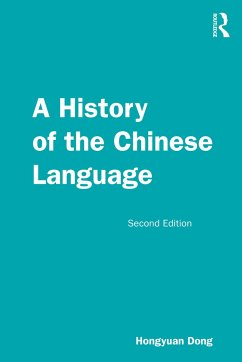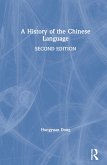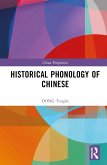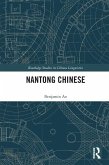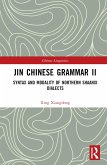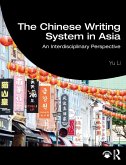A History of the Chinese Language provides a comprehensive introduction to the historical development of the Chinese language from its Proto-Sino-Tibetan roots in prehistoric times to Modern Standard Chinese. Taking a highly accessible and balanced approach, it presents a chronological survey of the various stages of the Chinese language, covering key aspects such as phonology, syntax, and semantics.
The second edition presents a revised and updated version that reflects recent scholarship in Chinese historical linguistics and new developments in related disciplines.
Features include:
Coverage of the major historical stages in Chinese language development, such as Old Chinese, Middle Chinese, Early Modern Chinese, and Modern Standard Chinese.
Treatment of core linguistic aspects of the Chinese language, including phonological changes, grammatical development, lexical evolution, vernacular writing, the Chinese writing system, and Chinese dialects.
Inclusion of authentic Chinese texts throughout the book, presented within a rigorous framework of linguistic analysis to help students to build up critical and evaluative skills and acquire valuable cultural knowledge.
Integration of materials from different disciplines, such as archaeology, genetics, history, and sociolinguistics, to highlight the cultural and social background of each period of the language.
Written by a highly experienced instructor, A History of the Chinese Language will be an essential resource for students of Chinese language and linguistics and for anyone interested in the history and culture of China.
The second edition presents a revised and updated version that reflects recent scholarship in Chinese historical linguistics and new developments in related disciplines.
Features include:
Coverage of the major historical stages in Chinese language development, such as Old Chinese, Middle Chinese, Early Modern Chinese, and Modern Standard Chinese.
Treatment of core linguistic aspects of the Chinese language, including phonological changes, grammatical development, lexical evolution, vernacular writing, the Chinese writing system, and Chinese dialects.
Inclusion of authentic Chinese texts throughout the book, presented within a rigorous framework of linguistic analysis to help students to build up critical and evaluative skills and acquire valuable cultural knowledge.
Integration of materials from different disciplines, such as archaeology, genetics, history, and sociolinguistics, to highlight the cultural and social background of each period of the language.
Written by a highly experienced instructor, A History of the Chinese Language will be an essential resource for students of Chinese language and linguistics and for anyone interested in the history and culture of China.
One of the most thorough works on the history and evolution of the Chinese language, Dong's History of the Chinese Language is a must for anyone studying any form of the language. Covering a range of topics in historical and contemporary linguistics, Dong deftly explains even the most complex linguistic theory in readily accessible ways and has something for anyone from a seasoned linguist to a casual learner.
-- Dr. Justin Winslett, The University of Sheffield
This 2nd edition preserves the previous edition's success in condensing the vast landscape of the historical development of Chinese languages into a brief, but comprehensive single volume. Reflecting on recent scholarship and new developments in the field, it carefully synthesizes Chinese linguistic facts, non-controversial research accomplishments, and fundamental facts about the history of the Chinese language, woven together with captivating stories and legends. It lays a solid foundation for readers and equips them for further exploration of the field, while proving to be a fascinating, engaging, and absorbing read in itself.
-- Song Jiang, Associate Professor, The University of Hawai'i at Manoa, USA
-- Dr. Justin Winslett, The University of Sheffield
This 2nd edition preserves the previous edition's success in condensing the vast landscape of the historical development of Chinese languages into a brief, but comprehensive single volume. Reflecting on recent scholarship and new developments in the field, it carefully synthesizes Chinese linguistic facts, non-controversial research accomplishments, and fundamental facts about the history of the Chinese language, woven together with captivating stories and legends. It lays a solid foundation for readers and equips them for further exploration of the field, while proving to be a fascinating, engaging, and absorbing read in itself.
-- Song Jiang, Associate Professor, The University of Hawai'i at Manoa, USA

